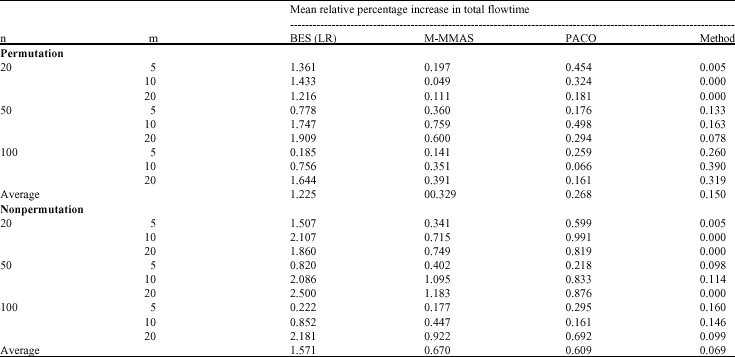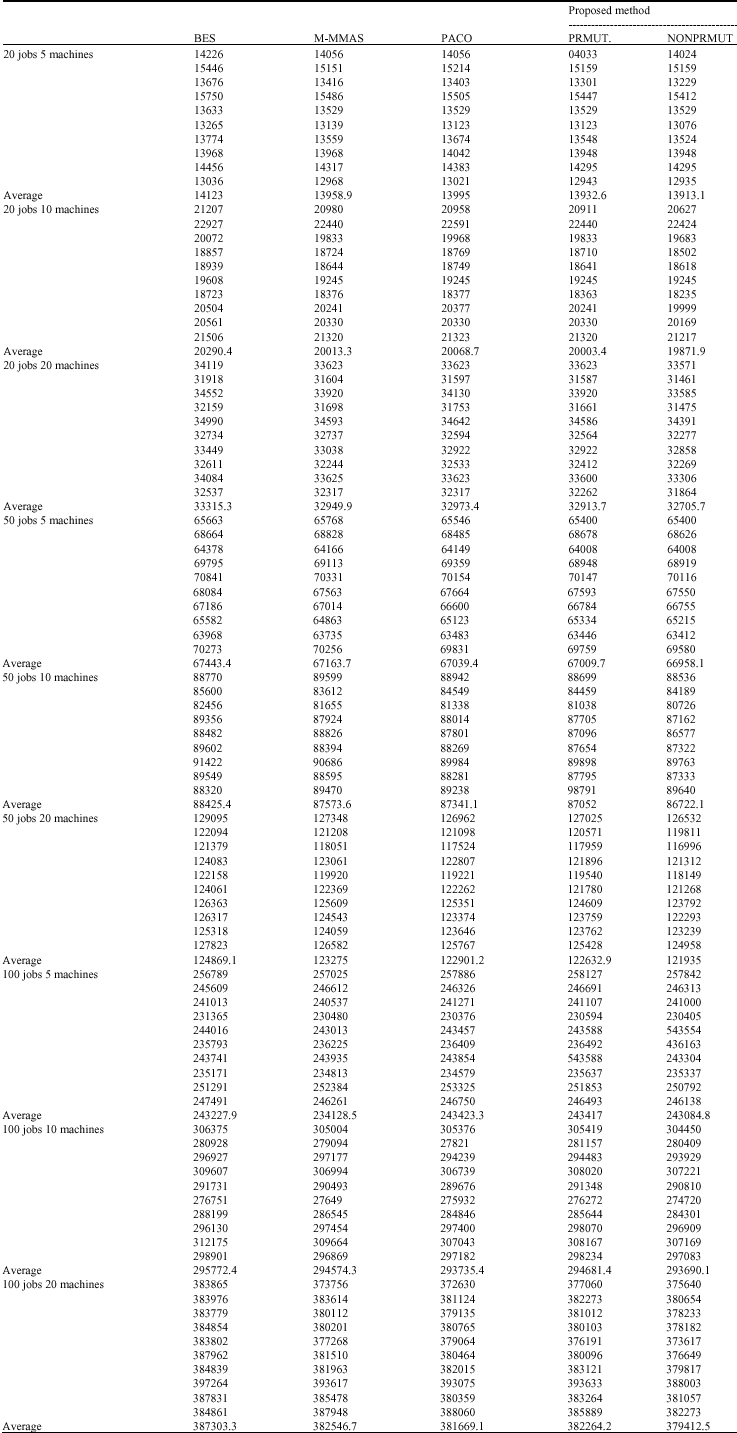Research Article
An Ant Colony Algorithm for the Flowshop Scheduling Problem
Iran University of Science and Technology, Tehran, Iran
J.L. Bouquard
University François-Rabelais, Tours, France
M. Ziaee
Iran University of Science and Technology, Tehran, Iran













